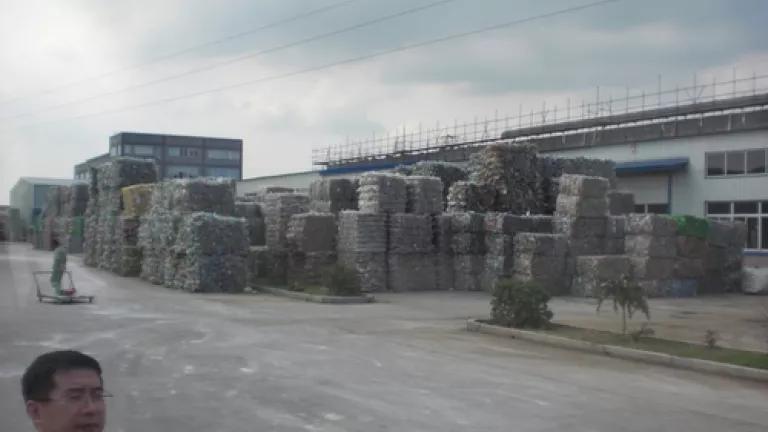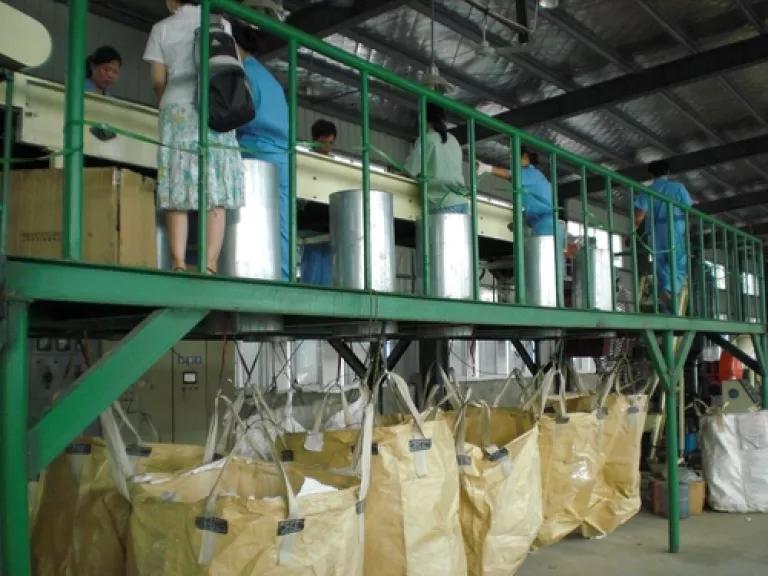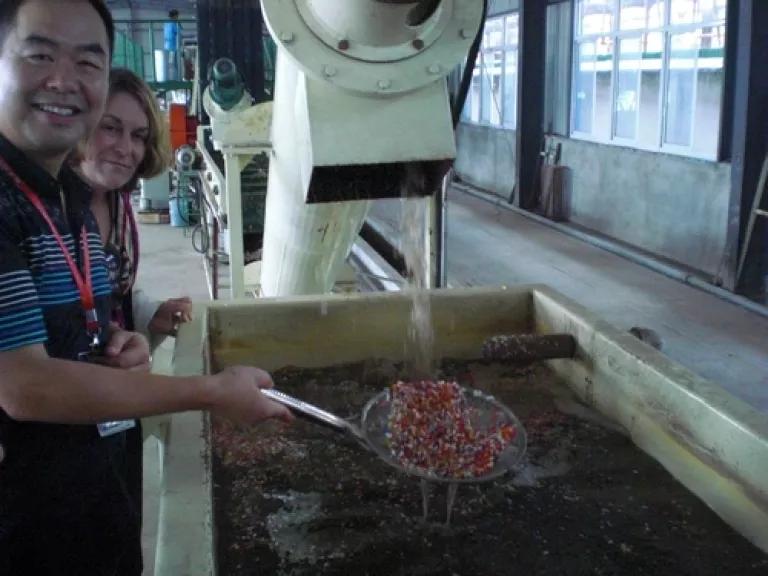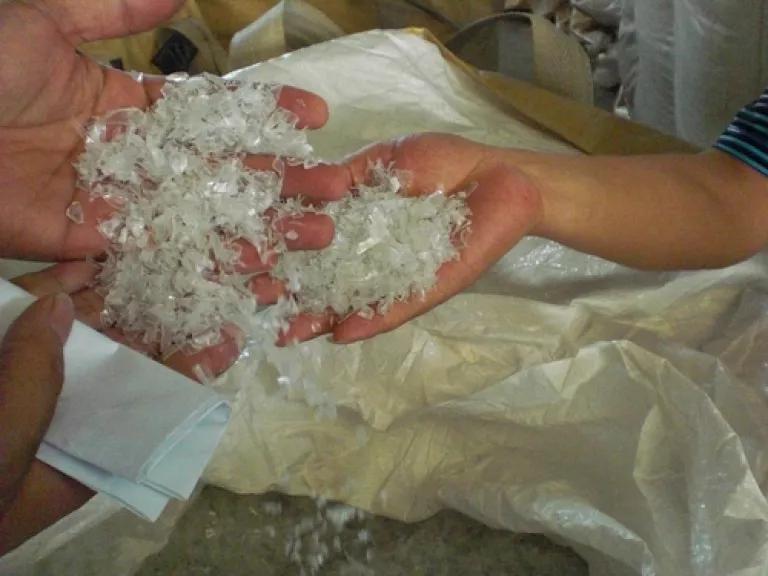
Last week in Changshu, China, my NRDC colleagues and I visited the New Kasum and Golden Morning textile printing and dying companies. The men who own these companies started them from nothing; now the two companies produce 8 million garments every year.
They also use sustainable manufacturing practices that cut down on pollution, save money, and attract business.
Conventional textile manufacturing has a huge environmental footprint. It pollutes as much as 200 tons of water per ton of fabric, uses a host of harmful chemicals, and consumes tremendous amounts of energy for steam and hot water needed in dyeing and finishing processes.
But companies like New Kesum and Golden Morning are working with NRDC to help change that. As part of our Clean by Design program, NRDC is promoting a responsible sourcing initiative that encourages manufactures to adopt 10 best practices that reduce water and energy use and pollution.
Taken together, these practices can save about 25 percent of water and 30 percent of fuel. And the remarkable thing is the measures pay for themselves in a matter of months.
NRDC has also been working with the large U.S.-based purchasers to put some pressure on their manufacturers to comply with these best practices.
During our tour, I asked Mr. Zhang and Mr. Yin, the CEOs of the two factories we visited, what it would take to get other factories to adopt these practices. There are about 100 textile companies in the area and many are not clean at all.
Both men had the same answer: “more brand names.”
In other words, we need the American purchasers to make clear that they want their suppliers to comply with environmental law and best practices.
I was surprised that both Zhang and Yin went on both factory tours together. They explained that they used to be competitors, but now they see greater opportunity in green manufacturing and they find cooperation is better for business.
Their cleaner practices are attracting buyers’ attention. A buyer for Wal-Mart joined us on the tour, and the owners remembered a previous visit from “Mr. Bob Fish” – Bob Fisher, an NRDC trustee whose family started The Gap.
I also visited the New Kasum plant where they are starting to produce a line of fabric made from recycled plastic bottles. They employ about 100 people in the various processes and another 200 in the collection of bottles, which is clearly the tough part of the operation. They are not yet profitable, but should be with more orders. When I asked what they needed to grow, they again responded “more brand names” to be interested in buying blankets, fleece, pajamas, and other products made of cloth from recycled material.
The production process is not complicated, but it was interesting to watch: The collected bottles are sorted by color optically and brought in on pallets.



Both owners of these factories were truly inspirational. They want to make money, and for that they need a consistent high quality product made at a low cost. But it was clear that what really excited them was the fact that they were leaders in their industry. They were cleaning up their community. They were thinking about the next generation. The local Environmental Protection Bureau was working with them and provides a bit of the stick to the purchasers’ carrot, but again, it was a partnership that meant a lot to all involved.
It was inspiring to hear Yin, the CEO of Golden Morning, tell us that if NRDC had not come to visit his factory a few years ago and suggested he try some better practices, his company would not be as clean or efficient as it is now. Nor would it be as financially successful.
Zhang, the CEO of New Kasum, made a similar point. He said that if he hadn’t met with NRDC and multinational buyers as part of our responsible sourcing initiative, he wouldn’t have realized that many buyers care about sustainability. He wouldn’t have made the decision to invest in his PET recycling line and the collection system he has put in place all over the country in order to make sustainable fabric.
NRDC intends to inspire the same transformation in many more of China’s textile factories in the coming months.
This post is part of a series on my recent travels in China. Stay tuned for more posts on China’s efforts to become greener.
